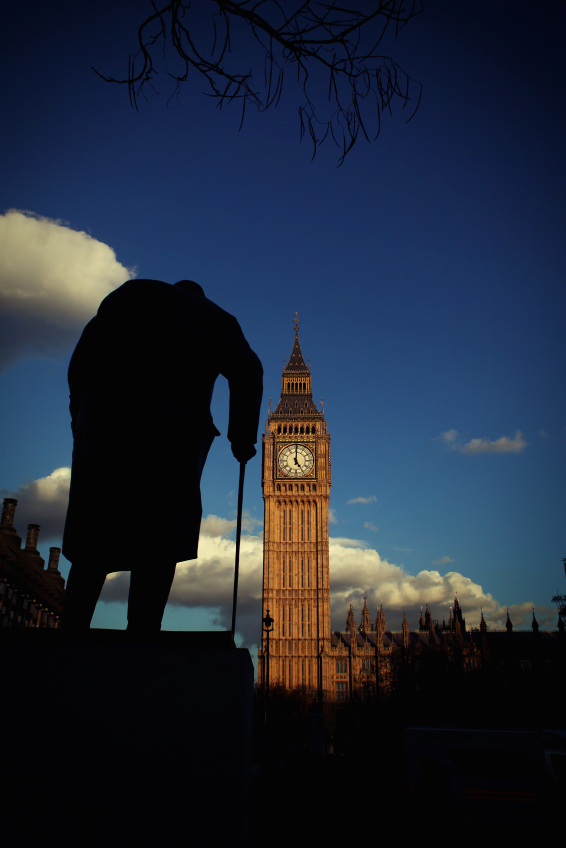Small Goals Do Not Inspire People
Small goals are uninspiring. If a leader wants a motivated team, setting the bar low or downplaying the difficulty of a tougher task is a big mistake.
“People do not exert themselves for little, unimportant goals. They work hard, take great risks, and let nothing stop them only for big goals.” – MG William A Cohen

The leader is responsible for setting the tone for each and every goal. If the leader seems disinterested or sets goals that are too small to challenge her people, then mediocrity and the status quo will be the likely result.
To read more about inspiring people through taking risks, click on the following title:
Inspirational Leadership is Risky Business
Little Goals vs. Big Goals
Most people want to stretch themselves. Bending over and touching my hands to my knees is not stretching! Bending over and touching my forehead to my knees is! I may need to work overtime to reach that goal, but with persistence and commitment, I can make that stretch happen.
A lot of people will walk out of their house on a Saturday morning and run a 5k race for charity. They won’t train. They will run or walk 5 kilometers, have breakfast with a friend, and head home without much thought.
Contrast that to someone who decides to run his first marathon. This is not a goal anyone takes lightly. He prepares. He trains. He tells people about his goal. He may even try to get others to join him.
He is truly driven because he knows the goal is difficult. He is inspired and inspires others because everyone knows the road will be hard, but the finish line will be incredibly satisfying.
When a leader sets a goal for her team, it should not be simple or something everyone believes they are capable of achieving. A goal must be difficult in order to inspire a team or an individual to go beyond what is already the status quo or is common.
The Leader’s Job
Once a leader establishes a big goal, it is the leader’s duty to be unwavering in her commitment. The leader must be honest about the task at hand just like Winston Churchill was when he told his people,
“I have nothing to offer you but blood sweat, toil and tears.”
But the British people knew their leader was steadfast in his commitment to defeating the Nazi’s no matter what they encountered along the way.
“We shall not flag or fail. We shall go on to the end, we shall fight in France, we shall fight in the seas and oceans, we shall fight with growing confidence, and growing strength in the air, we shall defend our island, whatever the cost may be, we shall fight on the beaches, we shall fight on the landing grounds, we shall fight in the fields and in the streets, we shall fight in the hills; we shall never surrender!”
It is amazing what people can accomplish if they are convinced the leader will not quit no matter how difficult the task looks from the beginning or the obstacles they encounter along the way.
Once the leader wavers from the goal,
the people will lose hope.
The Bottom Line:
Did anyone else get chills when you read Winston Churchill’s words?
I adapted this blog from a great book called The Stuff of Heroes by MG William A Cohen. General Cohen uses inspiring stories of leaders to demonstrate what good leadership looks like in both the battlefields and in the boardrooms.
It is the “play it safe” mentality of common goals that often come from common leaders who accomplish only common things.
It takes an uncommon leader to set an uncommon goal for her people and then demonstrate uncommon commitment to achieving that goal. That is the type of leader that inspires people to achieve uncommon things.
Question:
What type of leader do you want to be? Common or Uncommon?

Leaders of the quality you describe and point to (like Churchill) are rare. The odds are small that a leader steps up, puts herself out on the line and gets a group to charge forward. It’s rare because it’s hard and hard doesn’t come easy for most. Charging though is the easy part. Charging with a plan that is solid on a macro level and malleable on a micro level is required. So it’s a combination of courage, tenacity, polish, preparedness and flexibility combined with a passionate commitment to one’s beliefs that make for great leaders.
Nice post!
Commitment is a trait anyone can develop. It is not something bestowed upon individuals by God. It is a learned character trait that is available to all.